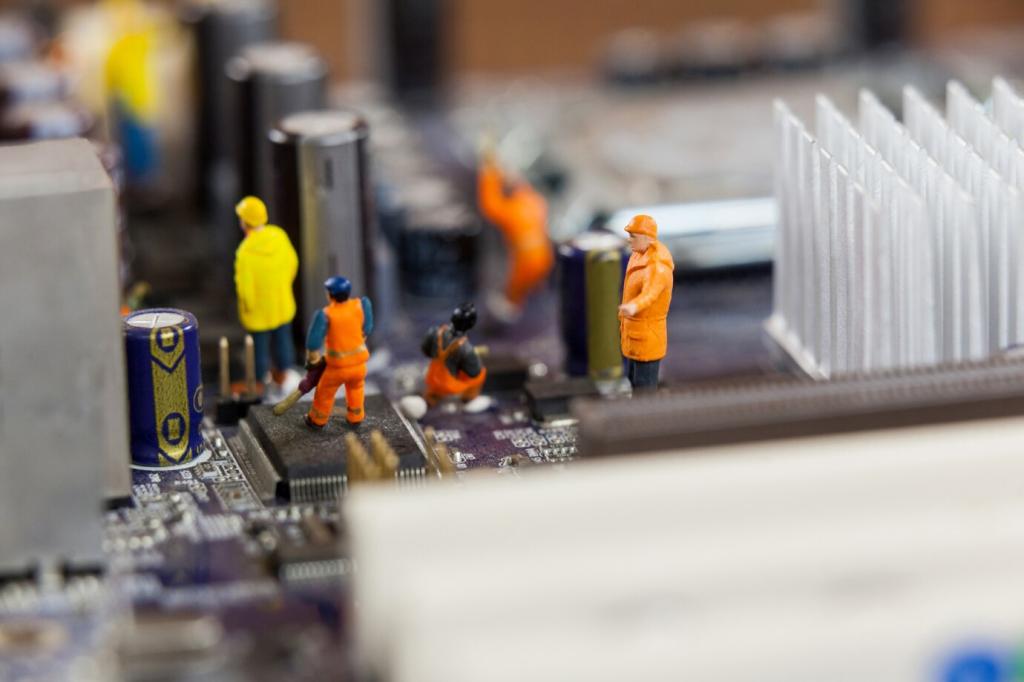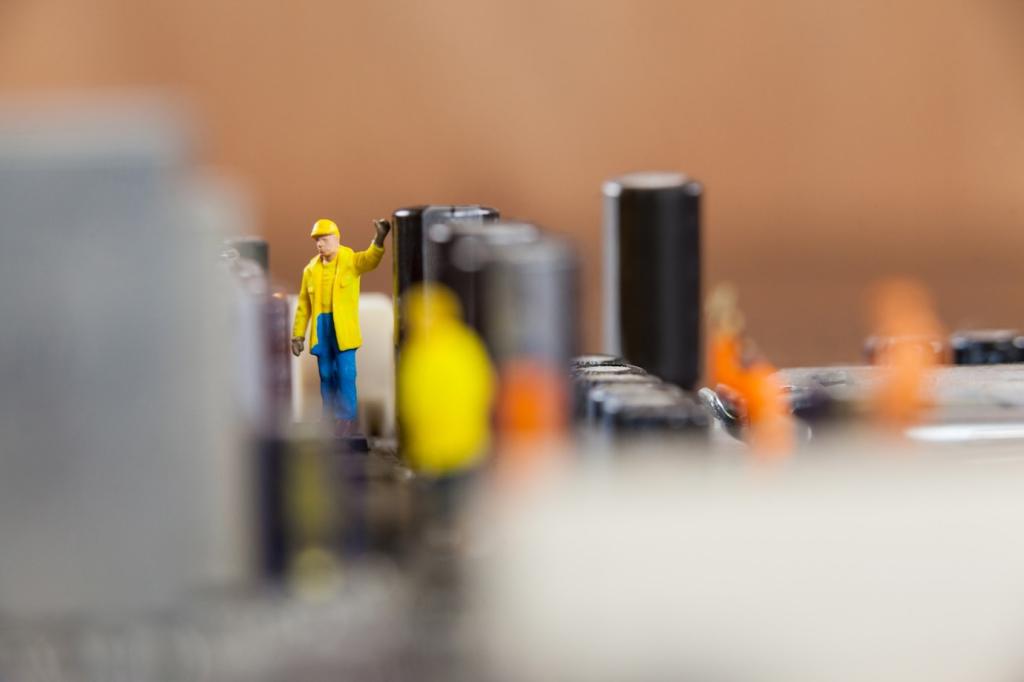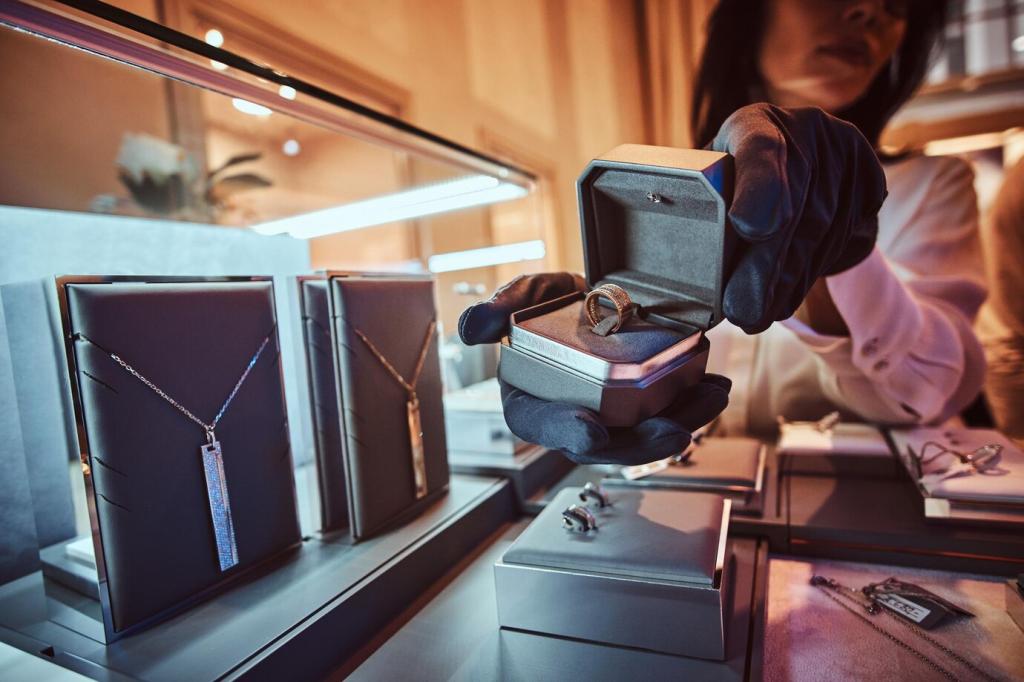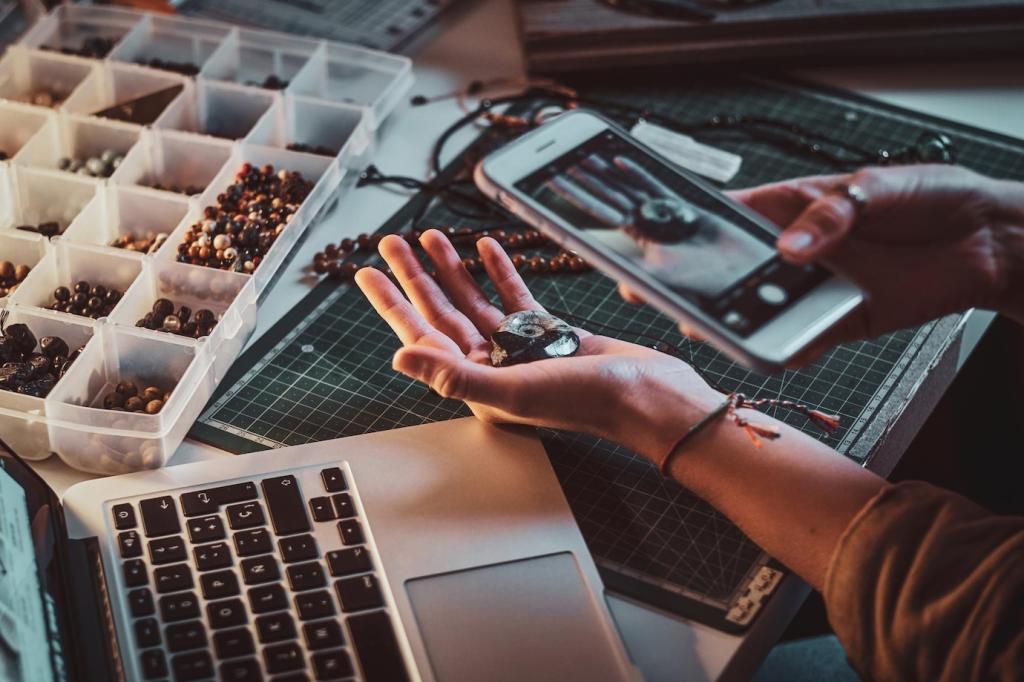Project Idea 6: Time-Lapse Camera with the Pi Camera
Attach the camera module, enable it in settings, and secure it firmly. For crisp images, stabilize the frame, control lighting, and experiment with focus. Share photos of your rig, even if it’s humble and homemade.
Project Idea 6: Time-Lapse Camera with the Pi Camera
Use Python to take a photo every few seconds or minutes, naming files by timestamp. Consider storage space and power. A dry-run preview helps confirm framing before you leave the system capturing unattended.
Project Idea 6: Time-Lapse Camera with the Pi Camera
Combine images into a video using FFmpeg, then add music and captions. Explain your choices and lessons learned. Invite readers to recreate your shot list and subscribe for a deeper dive into stabilization techniques.
Project Idea 6: Time-Lapse Camera with the Pi Camera
Lorem ipsum dolor sit amet, consectetur adipiscing elit. Ut elit tellus, luctus nec ullamcorper mattis, pulvinar dapibus leo.







